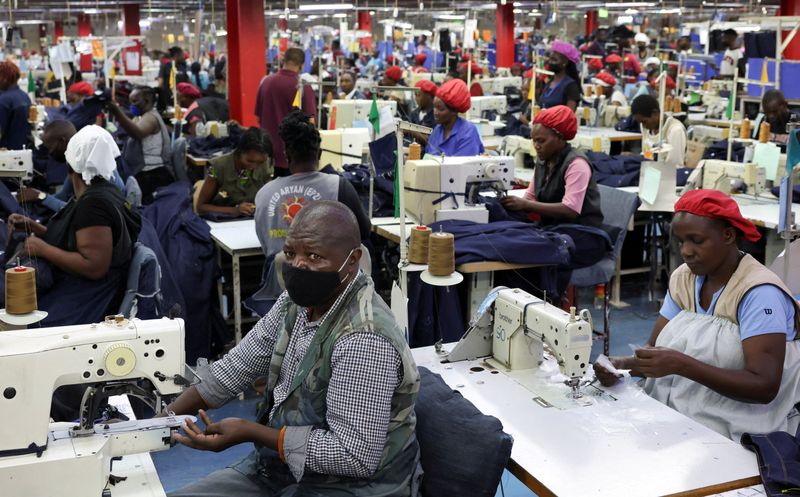Kenya’s Trade Ambitions with the United States: An Overview
Trade Deal Timeline
Kenya is on the cusp of a significant trade development with the United States, with expectations to finalize a trade deal by the end of the year. This statement comes from Trade Minister Lee Kinyanjui and reflects a determination amidst challenges posed by the imminent expiry of the Africa Growth Opportunities Act (AGOA). If successful, this agreement would mark a historic first, establishing a reciprocal trade relationship between the U.S. and a sub-Saharan African nation.
Urgency in the Negotiations
The urgency for these negotiations has been amplified by a recent 10% tariff on Kenyan goods implemented during President Trump’s trade policies. The potential lapse of AGOA at the end of September — a program critical for duty-free access for numerous Kenyan products — has further driven the need for a swift agreement. Kinyanjui indicated that discussions that began in August might safeguard market access and provide a framework for the future.
Background of Trade Relations
Historically, trade talks between Kenya and the U.S. were initiated back in 2020 during Trump’s first term. These were largely sidelined following the transition to President Joe Biden’s administration, which sought to focus on lifting non-tariff barriers. However, renewed discussions this year signal a potential recommitment to enhancing trade ties.
Kenya’s export figures underscore the importance of this initiative: last year, goods worth $737 million, constituting 10% of the country’s total exports, made their way to U.S. markets. The agreement, if successful, could significantly boost these numbers and provide a more stable trade flow.
Critical Job Security in the Textile Sector
A significant aspect of the proposed trade deal is the protection it offers to Kenya’s textile sector, which relies heavily on AGOA. The program has been pivotal in providing approximately 300,000 direct and indirect jobs in this sector, which produces garments for major U.S. retailers such as Walmart and Target. Kinyanjui expressed concern regarding the potential job losses if AGOA expires without a seamless transition to a new agreement.
The imminent risk of disruption has led Kenyan officials to advocate strongly for a continuation or extension of AGOA, highlighting the sector’s vulnerability and the broader implications for employment in the country.
Political Context and Concerns
Despite Kenya being regarded as a close ally of Washington, it is navigating complexities in its foreign relations, particularly regarding its alignment with China. President William Ruto has defended the nation’s increasing economic ties with Beijing, emphasizing the need to balance trade relationships and encourage greater exports to counteract an existing trade imbalance.
Kinyanjui refrained from detailing specific provisions of the forthcoming trade agreement but indicated a strong desire to mirror the favorable terms present in AGOA, thus ensuring continued duty-free access for Kenyan exports.
Looking Ahead
As negotiations progress, all eyes are on how the deal will unfold, particularly in light of previous U.S. trade policies and the fluctuating dynamics of international relations. While optimism prevails regarding the competitive landscape for Kenyan goods in the U.S. market, the outcome remains contingent on various factors, primarily the response from the U.S. side.
As things stand, the Kenyan government is preparing to engage in this critical negotiation process, hoping to cement a trade arrangement that would bolster the economy, protect local jobs, and strengthen ties with America in a time of shifting geopolitical currents.



